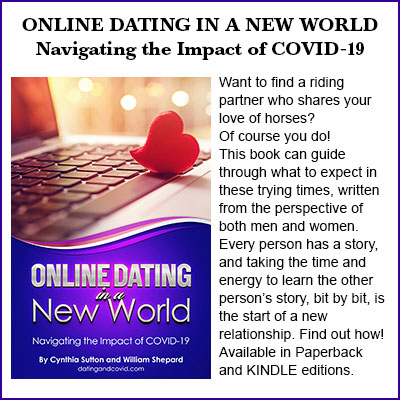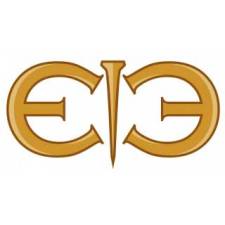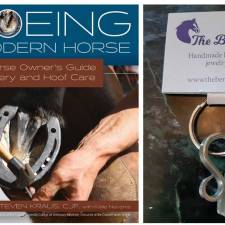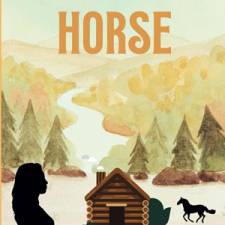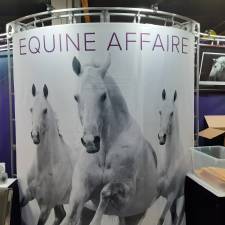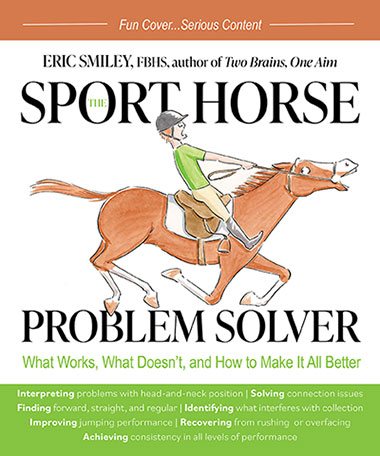
by Eric Smiley
The development of the mind and body, either human or equine, to perform at its optimum goes through many stages before it reaches its peak. Along the way, it encounters mental and physical barriers, which must be overcome if it is to be the best it can be. Some of these challenges improve the resolve to succeed, while others leave scars that impede progress or even threaten the realization of the ultimate goal. How do we keep our horses and our partnership with them on the right track?
Education should be an enlightening experience full of understanding, but the success of all forms of education depends on adhering to a progressive system: one step at a time, layer upon layer of information, you build a solid foundation, progress to the next level, and so on. This applies to both physical and psychological challenges, especially in the early years of development. To move from one stage to the next requires a confidence in where you are and a belief that where you are going is within your capabilities. Without this solid base, progress is uncertain. This is true of humans in their education but is even more true of horses whose education is guided by humans.
How often have we heard of parents entering their children for a competition that is above their level with reasoning such as, “It’ll be good for them,” “They will see what the standard is,” “It will show them what to work on”…only for the child to be knocked out at the first metaphoric hurdle and come home deflated.
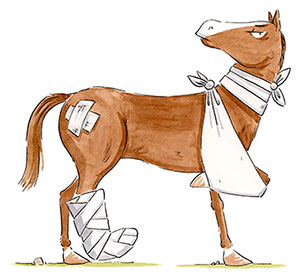
On the way home the parent then says, “Don’t worry, it’ll be better next time.”
But the chances are that it won’t be. A marker of failure and for failure has been put in place and that is very difficult to overcome.
Draw the same analogy with a young horse. Move him up in level to gain experience, only to find that he knocks fences or has run outs. The marker of failure has been laid down. Or he tries so hard to please and jumps clear, but the next time out he remembers the experience as being unpleasant and performs badly. Now that marker of failure has had a confirmation. Bad news.
This is what’s known as overfacing, a term that is defined as: to intimidate, especially by presenting too great a task or obstacle. Although the word is typically associated with asking a horse to jump something beyond his ability, it can be equally useful when applied to other aspects of training, including groundwork and riding on the flat. It’s crucial, in fact, that we embrace this broader understanding so we don’t become the architects of our own problems by pushing a horse too far, too fast. For just one example of the perils of overfacing, consider Thoroughbreds that begin a racing career at age two—those that go on to retire sound in mind and body are in the minority.
Horses are generous animals, constantly curious, and willing to take an interest in most things that are asked of them. Very few are disingenuous, which makes them good students.
The key is to stimulate their interest, understand their limitations, and be cautious not to take advantage of their desire to please. In stimulating their interest we must set achievable goals. This is how we create a pathway to learning: with clear, well-planned steps, direction, and plentiful rewards as we go. With interest and achievement much can be done.
These are the fundamentals of Progressive Training.
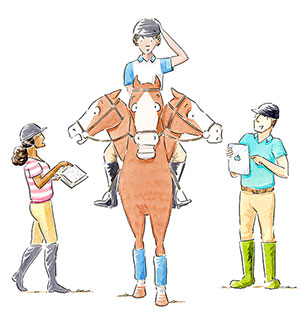
A Year-by-Year Breakdown
Ultimately, the goal of any horse’s journey should be for longevity, in his sport or just in his life as a nice riding horse. Horses that are still competing at the highest level when they are well into their teens tend to have been brought up the correct way.
In simple terms:
- A four- to five-year-old is starting.
- A six- to seven-year-old is learning the mechanics and skills of his trade.
- An eight- to nine-year-old is developing and improving these skills.
- A ten- to fourteen-year-old is in his prime.
- Fifteen years old plus is bonus time.
The most critical years are between four and five and then again when a horse is seven. At seven there is a temptation to think of them as mature and adult. But that would be foolish. This time of life is fragile, as horses are beginning to show what they can do (their potential) but are not yet secure, either physically or mentally. To make a mistake in either physical or mental development can leave scars they may never recover from. However, using this time to consolidate experience, skill, and confidence at the appropriate level will allow horses to learn to believe in themselves and the future.
The Sport Horse Problem Solver
BUY NOW on Amazon
Paperback | Kindle
This excerpt from The Sport Horse Problem Solver by Eric Smiley is reprinted with permission from Trafalgar Square Books (HorseandRiderBooks.com).
There are so many great reads in our section on Books.






